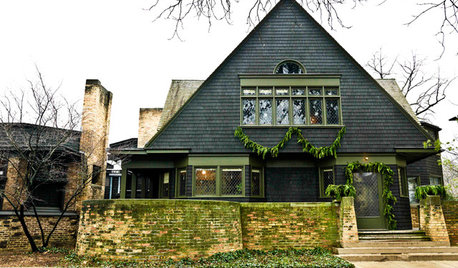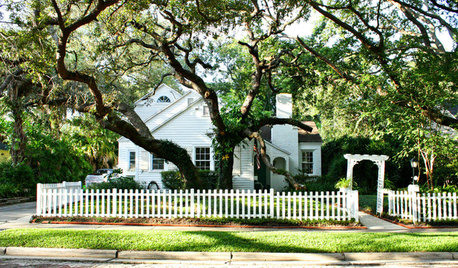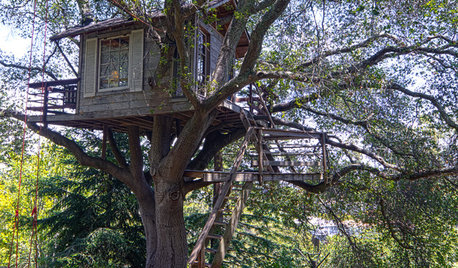oak tree experience
arthurd
10 years ago
Related Stories

MOST POPULARExperience the Holidays at Frank Lloyd Wright's Home and Studio
Handmade decorations, greenery and gifts show how the famed architect and his family celebrated Christmas in their Oak Park home
Full Story
LIFEThe Good House: An Experience to Remember
A home that enriches us is more than something we own. It invites meaningful experiences and connections
Full Story
HOUZZ TOURSHouzz Tour: A Hard-to-Find Door Just Adds to the Experience
A roundabout entry allows guests to fully enjoy this modern cedar box perched over a creek in Austin, Texas
Full Story
HOLIDAY HOME TOURSExperience a Victorian Christmas at the Gibson House
Step back in time into the extravagant and carefully preserved Boston residence of a wealthy widow, decorated elegantly for the holidays
Full Story
TREESGreat Design Plant: Southern Live Oak Offers an Unbeatable Canopy
Keep it dense or prune it for more light. No matter how you grow Quercus virginiana, it’s a majestic addition to its native landscape
Full Story
DREAM SPACESA Northern California Tree House Makes Memories
Designed with utmost respect for the tree cradling it, a cozy house gives overnighters an experience to cherish
Full Story
LIFEFrom the Wild, Home: Elements of a Landscape of Experience
See how simplicity, mystery and lessons from nature can help you create a rich garden experience at home
Full Story
REMODELING GUIDESJust Passing Through: How to Make Passageways an Experience
Create a real transition between realms and interest along the way with archways, recesses, shelves and more
Full Story
URBAN GARDENSExperiments Aplenty Fill Vancouver Edible Garden
Lush and brimming with test landscape plantings, a Canadian garden appeals to the eye and the palate
Full Story
LANDSCAPE DESIGNArt Brings a New Experience to Modern Home Exteriors
Sculptures and paintings on a home's exterior can create impact and interest before anyone even steps inside
Full StoryMore Discussions









bostedo: 8a tx-bp-dfw
famartin
Related Professionals
Bellflower Landscape Architects & Landscape Designers · Forest Park Landscape Architects & Landscape Designers · Canton Landscape Contractors · Hoffman Estates Landscape Contractors · Petaluma Landscape Contractors · The Villages Landscape Contractors · Rosemont Siding & Exteriors · Kansas City Siding & Exteriors · Weymouth Siding & Exteriors · Cave Spring Decks, Patios & Outdoor Enclosures · Lebanon Decks, Patios & Outdoor Enclosures · Midlothian Decks, Patios & Outdoor Enclosures · Pittsburgh Decks, Patios & Outdoor Enclosures · Richmond Decks, Patios & Outdoor Enclosures · Acushnet Stone, Pavers & Concretebengz6westmd
ken_adrian Adrian MI cold Z5
famartin
viburnumvalley
joeschmoe80
ken_adrian Adrian MI cold Z5
famartin
viburnumvalley
hairmetal4ever